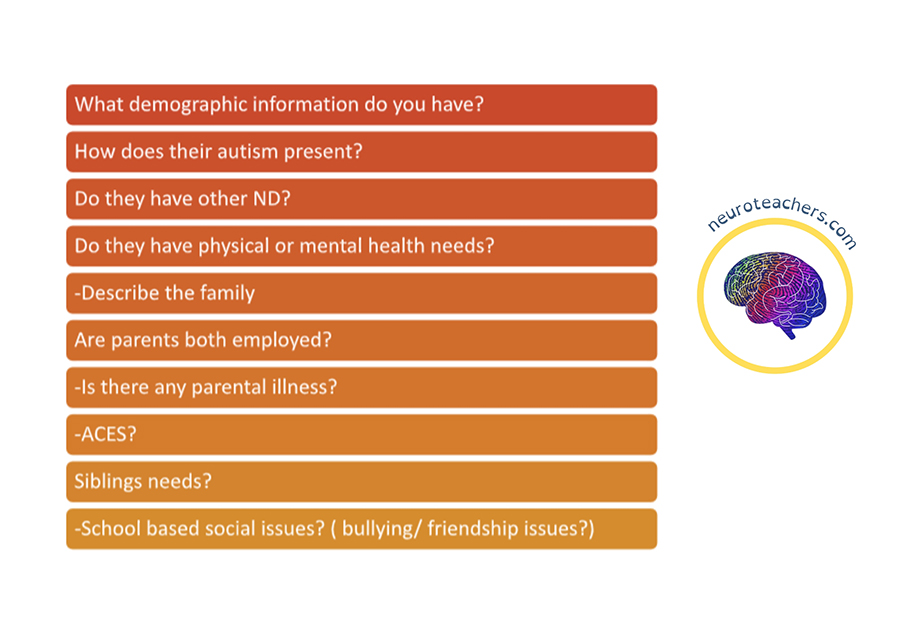School Refusal
You can probably tell from the title, that I don’t like the term ‘school refusal’. Firstly, it isn’t accurate. The child or young person is not refusing to go to school. They can’t or won’t go because they have experienced school-based trauma.
When I’m talking about this topic, I refer to the learner as the ‘anxious non attender’. This is because learners who I have helped back towards full time education, describe and are very often diagnosed with clinical levels of anxiety. If I am talking about a period or long term, or recurrent absence which cannot be explained for physical, medical reasons such as sickness, or routine medical appointment. I refer to this as Persistent Absence or PA. This is the definition used by the Department for Education and training (DFE).
I know that there is an underlying belief at some settings, that, if a child won’t go to school, this is either because they are choosing not to of their own free will, or they have bad parents. I can say with certainty that this is a common view because A) I used to think this myself and B) I’ve heard other teachers say this on numerous occasions. Moreover, the data backs me up.

In 2020 the research charity, Autistic UK reported the results of their survey on Autism and school-based trauma. The results suggested schools were more likely to blame the student or their parents for the period of persistent absence, whereas families and learners said that the two most common triggers for PA were mental health issues and sensory needs. So, as you can see, the first real hurdle to getting your anxious non-attender back into school, is that parents and teachers are not on the same page.
As regular readers of my blog will know, I’m a relational practitioner. I know from experience that working on the home/ school relationship is highly effective in reducing PA. The research also backs this up. I talk more about this in my blog here.
https://www.neuroteachers.com/post/a-serve-and-return-school-and-family-relationships
The next most important factor to consider is time. Your learner has experienced trauma. Recovery will be lengthy and slow moving, at their pace. No matter how trivial an event may seem to you and other adults, it can mean the world to a distressed child and young person. I talk about this more in my blog about Victoria and the Pink Wig. Here https://neuroteachers.com/post/victoria-and-the-pink-wig/
In Victoria’s case, it took us a year to get her back up to 90 percent attendance. This, in my experience, is an average amount of time to go from zero to almost full attendance. The other 11 students in my study took between 6 and 20 months to get anywhere near this.
So, if feels like it is taking ages, it is because this is as fast as your learner can go. Rushing things may cause them to put on the breaks and you could be back to square 1. Finally, are you sure you are aware of all barriers to attendance? Over my years of working in this field I have developed the following list of questions to ask when you work with an Anxious Non-Attender.

The key is to make sure you have answers to all the questions before you start making a reintegration plan.
When you are planning ensure that you have ways to support your learner and their family to deal with every barrier. Understand that no one is ‘refusing’ to do anything, they are trying to protect themselves from more trauma. Remove all barriers and give them the time and space to rehabilitate and your learner will be able to return to school full time, successfully. And hopefully, for the rest of their school career.
